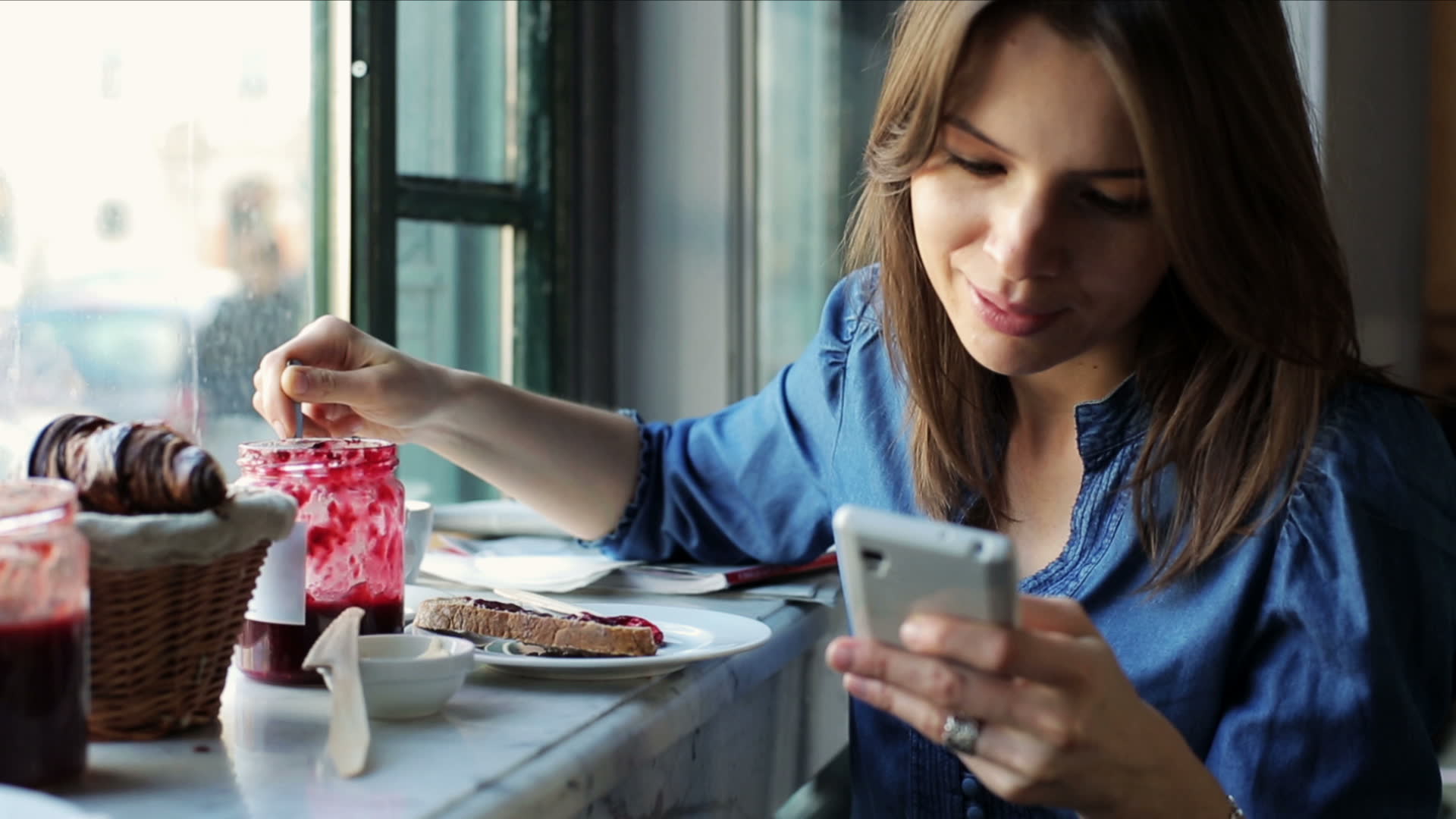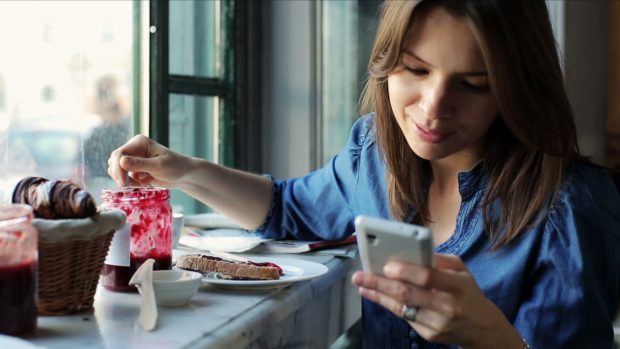
Slaves of smartphone

Park Moo Jong – The Korea Times
It’s been 10 years since the late Steve Jobs (1955-2011) introduced the sensational iPhone, namely smartphone, in June 2007 to help change the daily life of the mankind from then on.
The device is absolutely one of the most important daily necessities in this rapidly changing world. It is not too much to emphasize the convenience of the cellphone, dubbed handphone in Korea.
The convenience of having a computer in our hand has radically changed how we interact with the world. Yet, the problem is that we know “too much” about what’s going on across the world like a saying that goes, “Where ignorance is bliss, it is folly to be wise.”
Just two years ago, I wrote a column, “A day without smartphone,” to discuss the bad parts of using the state-of-art device in our daily lives.
The thrust was the lack of phone etiquette at public places and the break in communication at home, working places and elsewhere.
In particular, I expressed “jokingly” a fear that Samsung or LG, the leading global smartphone makers, may roll out a waterproof phone, allowing “indiscreet” persons to use their phones while in hot bathtubs at public baths.
Alas, the fear came real soon.
On this Sunday morning, I went to a village public bathhouse, called “sanua” here, as my daily routine. Entering the bath from the lounge, I found a man in his late 20s, lying on the wooden sofa, naked of course, sending text messages with his “waterproof” phone in hand with earphones. It was fortunate that he was not talking with someone over his phone.
Even the public bathhouse could not become a smartphone-free zone any more, with signs warning against possible loss of smartphone on the walls of the lounge.
Abuse of the convenient electronic device, especially by young people, including kindergarten kids, is an urgent problem that all of us have to seek wisdom to solve for the mental and physical health of our growing generation.
A subway ride shows almost everything of ill effects caused by the smartphone overuse, defined as a “dependence syndrome” as the World Health Organization termed.
Here, there and everywhere in the train, we can see young people using their phones with earphones with their heads never up in the seats or standing.
Maybe less than 20 years later, spinal surgeons and ENT doctors will be meeting their best days, while hearing aid makers will be enjoying flourishing business
Our youngsters’ smartphone addiction is more serious than we think. Nine in 10 middle and high (secondary) school students have smartphones and about 30 percent of them face the danger of suffering from nomophobia, a fancy term for smartphone addiction coined in 2010, that is already a serious individual disorder and social problem.
Experts say: If you’re obsessively checking your phone and you feel anxious when you’re not on the grid, you could be suffering from nomophobia
In fact, parents have little chance to talk with their children at home after work. Even at dining table, every family member is so busy operating his or her phone. Conversation is quite naturally missing.
It is not that difficult these days to see couples sitting together in a coffee shop or restaurant ignoring each other and engaging with their smartphones instead.
Worse than serious is that the addiction to social networking, dating apps and texting messages is extending to the point where virtual, online friends become more important than real-life relationships.
Representing symptoms of addiction include, according to the experts: charging the phone as the first thing to do when getting somewhere; falling asleep holding smartphone; checking the phone as the first thigh to do in the morning; and the phone bill is huge.
According to statistics of the National Information Society Agency, the number of nation’s smartphone addicts amounts to 5.8 million as of the end of last year.
A campaign for less use of smartphone seems to be useless in this society flooded with phones with features that are upgraded ceaselessly, with in-built camera competing with traditional cameras and graphics allowing any high-end games to be played.
Nevertheless, we should not give up any effort to reduce our smartphone use to build a healthy society.
At the turn of every year, smokers used to sigh over how to quit the deadly habit. Of course, many, really many fail. Fighting the overuse of smartphone is similar.
The world is ever getting smaller for smokers. The places where they are allowed to light up continues to shrink. No smoking zones have even expanded even to many crowded streets such as Gangnam Station area.
Now is the very time for phone-free zones to follow. Signs warning of “no smartphone use” should be placed in subway trains and elevators, not to speak of public locations like concert halls, theaters and restaurants.
One good way to free people from the machine may be encouraging restaurants to offer discounts to customers who leave their phones with the receptionist like their coats in the cloak room.
Not as the slave of the convenient device, but as its master, we need to review how we are using it.
It is something like a disaster to see a naked man talk in a loud voice on his waterproof smartphone in hot bath at public bathhouse.


